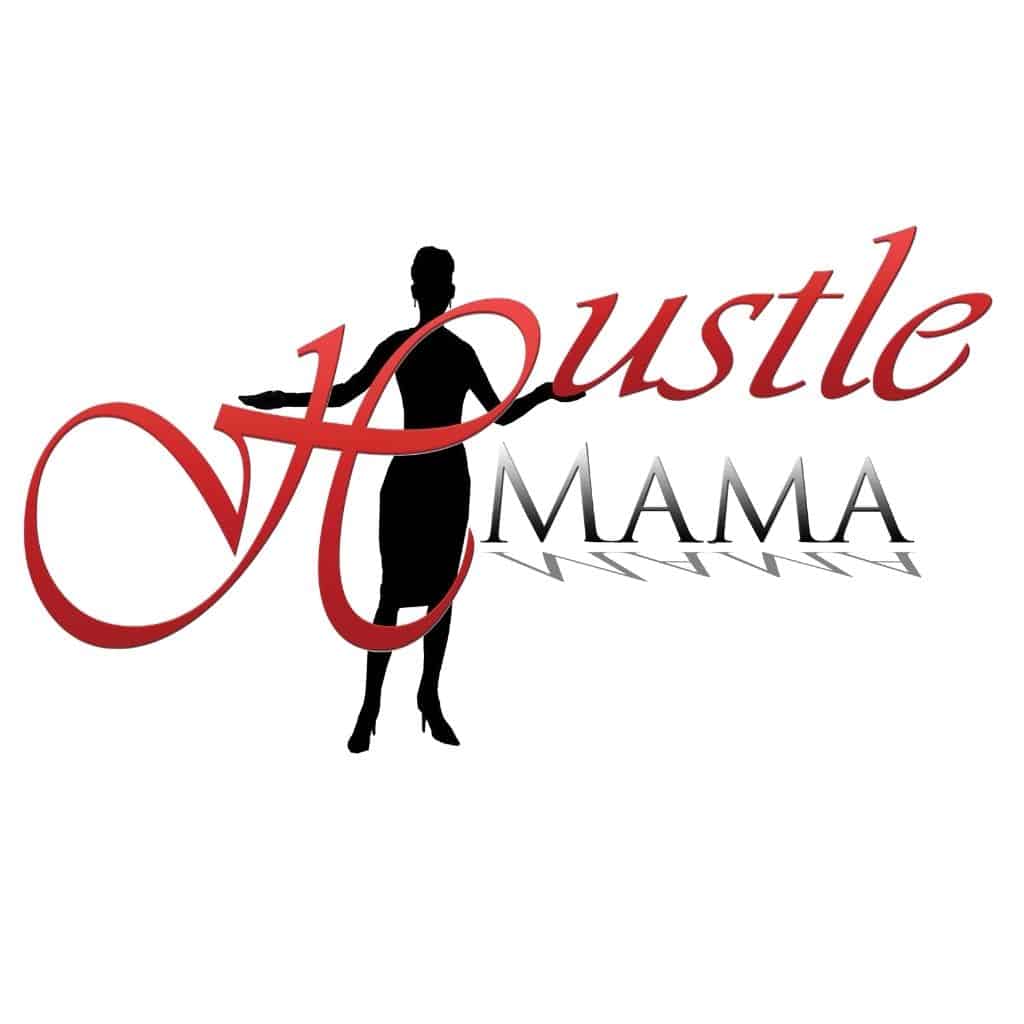If you’re self-employed, those with conventional jobs get all the breaks. Paid vacations, health insurance, and many additional perks seem like a reward. However, regarding retirement plans, there are advantages to not being “regularly” employed!
It’s essential to begin retirement savings plan the minute you start making money! Surveys have shown that 30% of workers regularly put aside money for retirement. Thankfully, the retirement contribution limits are higher for the self-employed than those working for companies.
Primary retirement accounts for the self-employed include:
SEP-IRA. SEP stands for “Simplified Employee Pension.” The government allows you to save and invest up to 25% of your net income as self-employed. It is an excellent bet if you’re working solo. The maximum amount permitted is $52,000 for 2014.
In a SEP-IRA, the money is pre-tax and can therefore reduce your tax burden. If you have employees, you must also contribute money to them.
The plan can be funded once you file your taxes, which provides incredible flexibility. You must immediately conclude how much you’ll put into the account or if you’ll even open an account. It is handy if you find yourself owing more or less in taxes than you initially expected.
Keogh Plan. This plan is a self-funded pension plan. Keogh plans have an annual contribution limit of $52,000 for 2014. Keogh Plans have fallen out of favor since the paperwork to set up the program is arduous, and solo 401(k) plans offer the same generous contribution limits.
Solo 401(k). It is a great way to stockpile a lot of money for retirement. It’s a highly flexible plan with a maximum contribution of 20% of your net self-employment income plus $17,500. The total maximum is $52,000 for 2014.
If you have a previous employer’s 401(k) plan, you can roll those funds into your Solo 401(k).
SIMPLE IRA. It is a viable solution for those with employees or those that work alone. It’s a straightforward plan to set up. Completing the IRS form 5305-Simple and opening an account are the only required steps. Open the report by October 1st. The annual maximum is $12,000 per year for those under 50—fifty or older, $14,000.
If you have employees, you must match their contributions up to 3%.
Deciding on the best plan can be as simple as pulling out a calculator and examining your situation. A SIMPLE IRA is usually best for those without employees and $50,000 or less, whereas a Solo 401(k) or SEP-IRA will allow those with higher incomes to save more.
Decide to invest regularly in your retirement. Refrain from assuming that you’ll have the money available in later years. Save now! Income for the self-employed can be less consistent.
Consider the adage, “Pay yourself first.” It leaves little to nothing left for actual savings. It’s much easier to save for retirement if money is regularly set aside each month rather than keeping whatever funds remain at the end of the year.
Many business owners believe they can fund their retirement by selling their businesses. Perhaps they can, but it isn’t a certainty. Better safe than sorry. Take the time today to develop a retirement strategy that will serve you well in your retirement years. It’s doubtful you’ll regret saving, but you’ll probably regret it if you don’t.






